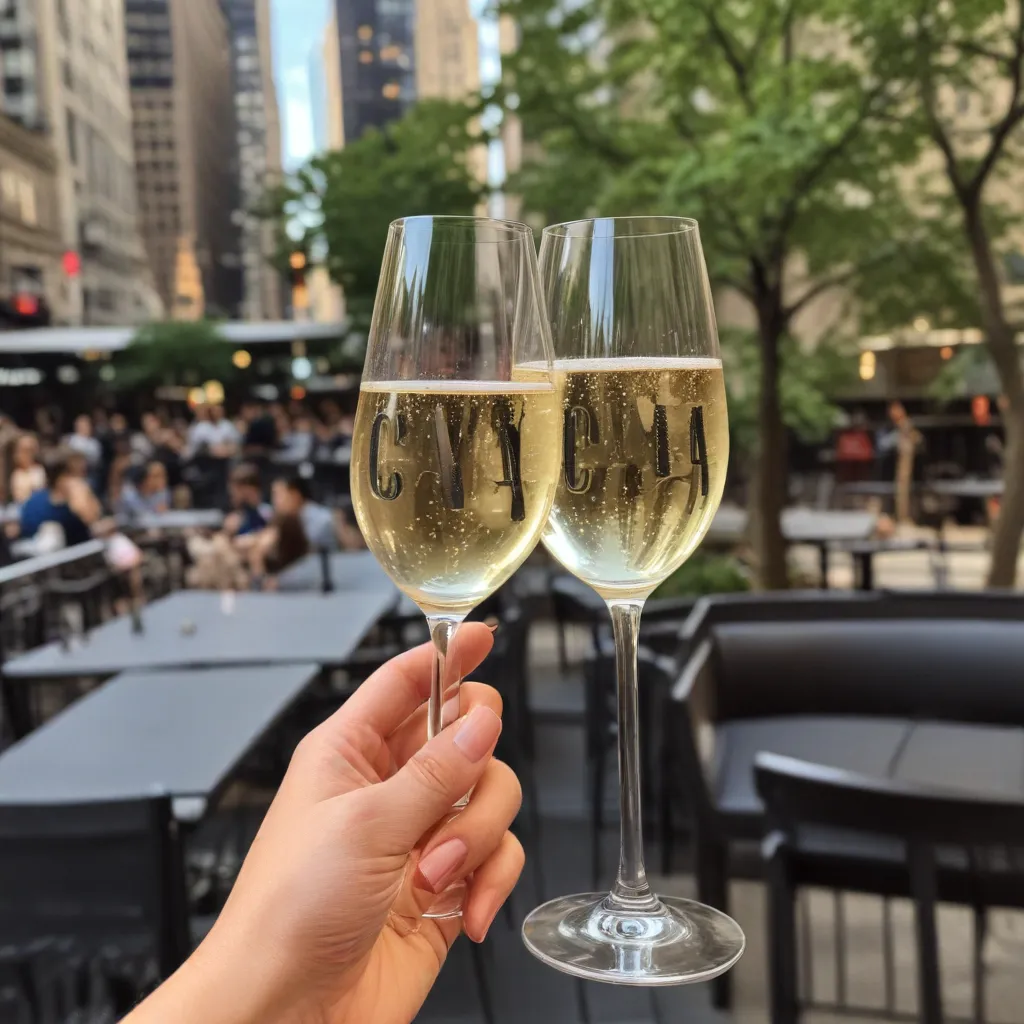
As a seasoned Cava Educator, I recently had the pleasure of attending a captivating “Cava-licious” event hosted by the D.O. Cava at Corkbuzz Restaurant & Wine Bar in New York City. This gathering was a fantastic opportunity to immerse myself in the world of this distinctive Spanish sparkling wine and connect with the passionate vintners behind some of the leading Cava brands.
While Cava is often compared to Champagne (as they both employ the traditional méthode champenoise), it truly stands on its own, offering a unique and delightful style of sparkling wine. Primarily hailing from the Penedès region in Catalonia, Cava is typically crafted using indigenous grapes like Macabeo, Parellada, and Xarel-lo. This autochthonous approach imbues Cava with a distinctive flavor profile, often featuring bright citrus, crisp apple, and delicate almond notes.
The event I attended focused on the Cava de Guarda Superior Reserva category, which encompasses Cava Reserva, Gran Reserva, and Cava de Paraje Calificado. This was a valuable opportunity to refresh my knowledge of the different Cava classifications and explore the impressive range of styles within this category. As I tasted through these exceptional Cavas, each with its own captivating personality and expression, I was reminded of the depth and complexity that can be achieved within this Spanish sparkling wine tradition.
Cava Varieties
Cava is produced in a variety of styles, each offering a unique drinking experience. The most common Cava classifications include:
Brut
Brut Cava is the driest and most common style, with a crisp, refreshing character and a delicate, persistent mousse. These Cavas often exhibit citrus, green apple, and subtle floral notes, making them versatile food companions.
Rosé
Rosé Cava is crafted from red grape varieties, typically Trepat or Monastrell, and offers a playful blend of red berry and stone fruit flavors. These vibrant sparkling wines can range from dry to moderately sweet, catering to a variety of palates.
Extra Dry
Extra Dry Cava strikes a balance between sweetness and acidity, with a slightly richer mouthfeel and a touch of residual sugar. These Cavas often showcase more pronounced stone fruit and floral aromas, making them a delightful option for dessert pairings or as an aperitif.
Cava Regions
Cava is primarily produced in the Penedès region of Catalonia, located just southwest of Barcelona. This idyllic, sun-drenched area provides the ideal terroir for cultivating the Cava grapes, with its unique soil acidity and Mediterranean climate. While Penedès is the heartland of Cava production, the D.O. (Denominación de Origen) also encompasses other regions within Catalonia and Spain, each offering its own distinctive character.
Cava Consumption
Pairing Cava
Cava’s versatility makes it a versatile companion for a wide array of culinary delights. Its refreshing acidity and vibrant character pair beautifully with a variety of dishes, from delicate seafood and sushi to rich, creamy cheeses and charcuterie. Cava’s effervescence also makes it an excellent choice for aperitifs and cocktails, where its crisp, clean profile can elevate a variety of mixers and garnishes.
Cava Trends
The popularity of Cava continues to grow, with an increasing number of dedicated Cava bars and specialty shops popping up across New York City. These establishments offer extensive Cava selections, allowing patrons to explore the diverse styles and producers within this category. Additionally, Cava-themed festivals and events have become more prevalent, providing opportunities for wine enthusiasts to immerse themselves in the culture and traditions of this beloved Spanish sparkling wine.
Cava Production
Cava Grapes
The core grape varieties used in Cava production are the indigenous Macabeo, Parellada, and Xarel-lo. These grapes, native to the Penedès region, contribute to Cava’s unique flavor profile and character. Macabeo lends citrus and floral notes, Parellada adds elegance and minerality, while Xarel-lo provides structure and depth.
Cava Winemaking
Cava is produced using the traditional méthode champenoise, also known as the traditional method. This meticulous process involves a secondary fermentation in the bottle, followed by extended aging on the lees. The required aging periods for Cava classifications range from 9 months for Cava Reserva to 36 months or more for Cava de Paraje Calificado, ensuring the development of the wine’s complexity and finesse.
Cava Appreciation
Cava Tasting Notes
When tasting Cava, one can expect a range of captivating flavor profiles and aromatic characteristics. The Brut styles often showcase vibrant citrus, crisp green apple, and delicate floral notes, while Rosé Cavas may exhibit red berry, stone fruit, and subtle hints of spice. The Extra Dry Cavas tend to present a richer, more pronounced expression of stone fruit, honeysuckle, and subtle sweetness.
Cava Culture
Cava’s roots can be traced back to the pioneering efforts of Josep Raventós, who is credited with producing the first Spanish sparkling wine using the traditional method in the late 19th century. This heritage, combined with Catalonia’s rich cultural tapestry, has imbued Cava with a distinct personality and a devoted following. When enjoying Cava, one can embrace the art of decanting, the importance of proper glassware, and the convivial spirit that often accompanies this beloved Spanish sparkling wine.
As I reflect on my recent Cava-filled experience in New York, I am reminded of the tremendous passion and dedication that goes into crafting these exceptional wines. Whether you’re a seasoned Cava enthusiast or simply a lover of sparkling wine, I highly encourage you to explore the diverse offerings available in the city. Visit Corkbuzz or your local wine retailer and seek out the Cava de Guarda Superior Reserva classifications, where you’ll find an impressive array of complex, age-worthy, and truly delightful sparkling wines. Embrace the Cava culture, indulge in its culinary versatility, and let this Spanish sparkling wine transport you to the sun-drenched vineyards of Catalonia. Salud!
